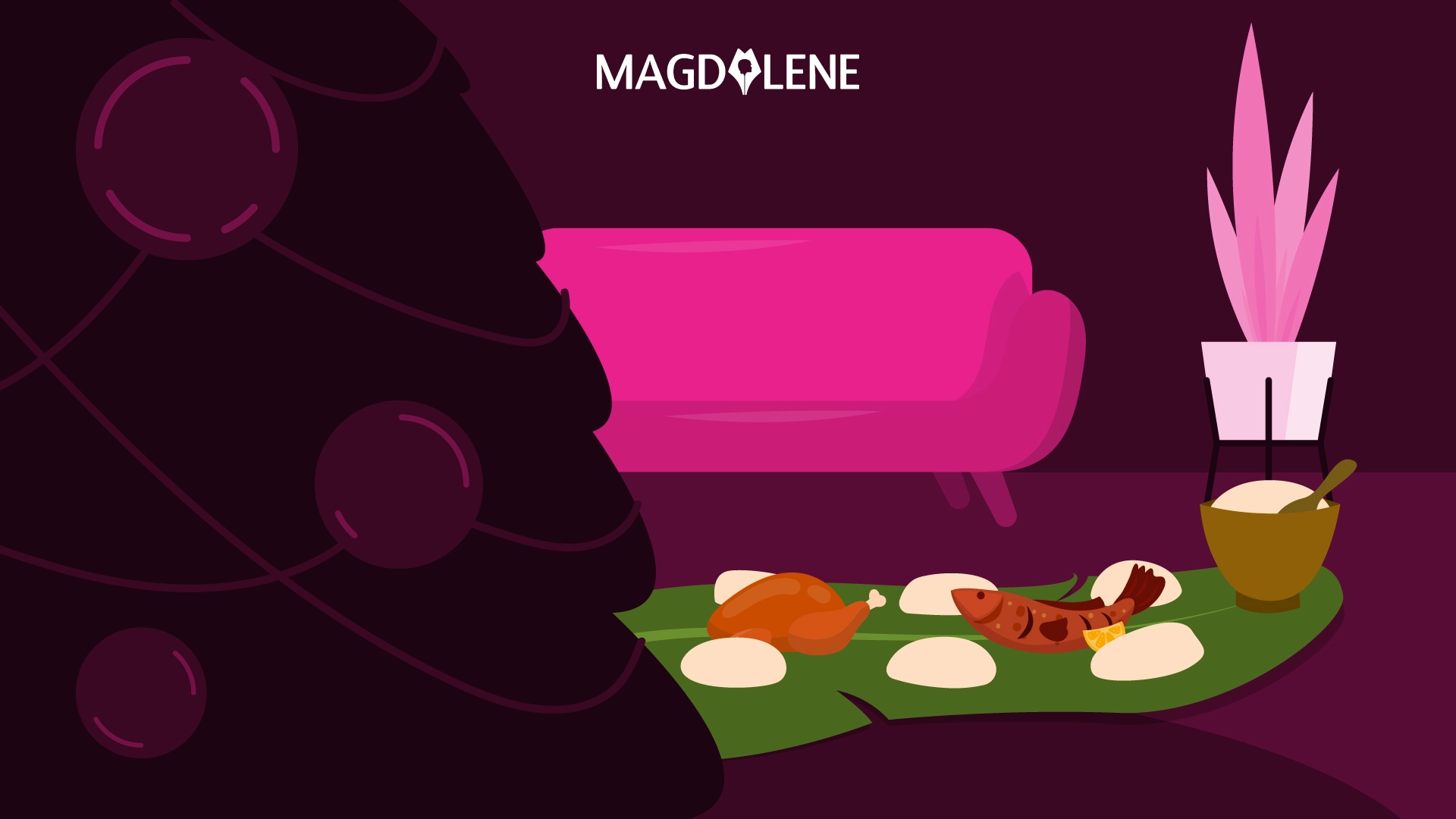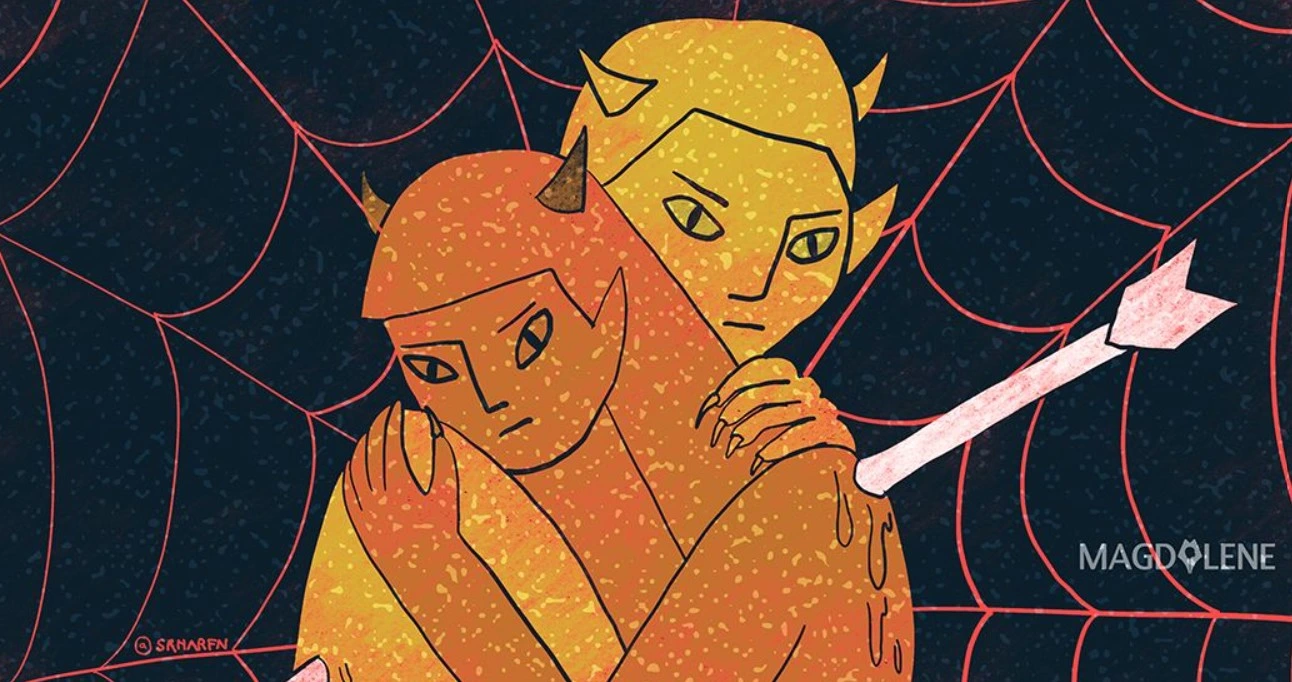What Iranian Women Want: Rights, Jobs and Seat at the Table

Issues affecting women were conspicuously absent from Iran’s 2017 presidential election. That’s unless one finds useful the leading conservative candidate Hojjat al-Islam Ebrahim Raisi’s comment that his government would enhance women’s dignity within the family, because women should be “good mothers and wives”.
The absence was a departure from the June 2009 presidential campaign, when two reformist candidates backed women’s rights.
Now that President Hassan Rouhani has been reelected by a wide margin for another four-year term, it is crucial to ponder what his victory means for Iranian women. Rouhani has widespread support among Iran’s urban population, the middle class, young people and women.
Iranian activists did try to raise the issue during the electoral season. On May 6, several weeks before the election, some 180 women, including journalists, intellectuals and veteran activists, such as Noushin Ahmadi Khorasani, Minoo Mortazi, Fatemeh Sadeghi, Fatemeh Govarayee, issued a statement outlining their demands for the next president of Iran.
Among them were greater inclusion of women in the country’s economic activity, repeal of discriminatory laws, increased female sports and a quota reserving at least 30 percent of ministerial positions for women.

The statement was hardly noticed, in part because the months prior to the election saw a crackdown on activism, with increasing detentions, arrests, trials and long prison terms.
No space for women
All six candidates made promises about creating jobs and reducing poverty during their campaigns, but the social, economic and political status of women was barely discussed.
According to a May 11 analysis by the International Civil Society Action Network of the first televised electoral debate, there was just one question about women, with a two-minute response time allotted. And that question centered on the role of women in the family.
In another debate, Sardar Ghalibaf, Tehran’s mayor and former candidate, who is Raisi’s ally, discussed single mothers and the challenges of raising children with disabilities. But he focused on supporting the children without highlighting that their mothers require financial help to do so.
Reacting in an interview with the daily newspaper Shahrvand, Parvaneh Salahshouri, a female parliamentarian from Tehran, asked, “How is it that social issues are addressed but the demands of half of society are not taken into consideration?”
Salahshouri criticized the state broadcasting agency, but her remarks also pointed at the candidates, suggesting that by limiting their discussion of gender issues to the family, the men displayed a contempt for the real problems faced by women.
Discrimination against women
Discrimination against women remains prevalent in Iran. Iranian women do not have custody of their children, compulsory veiling is still enforced and domestic violence is insufficiently condemned by law. With inheritances, a man is entitled to twice as much a woman.
Iranian women are highly educated. In 2013, they represented over 60 percent of the country’s university applicants. But they lack access to jobs.
Though official unemployment figures hover around 12 percent , the number could as high as 20 percent for women.
Female workers are also paid less than male peers, especially in factories, and many women must work two jobs to make ends meet.
A rising number of women from fragile socioeconomic backgrounds have turned to sex work to earn higher wages, both online and on the streets.
Activities that seem mundane in many other parts of the world, such as partaking in sports, are still a challenge in Iran. Women are not allowed into stadiums with men, even though Iranian female athletes have achieved significant success in international sports competitions.
Small, steady successes

There are some bright spots. Iranian businesswomen have thrived in recent years, excelling in diverse sectors, from knowledge-based corporate services and recycling to animal husbandry.
On the political front, too, women are emerging victorious. In the May 2016 parliamentary election, 17 women were elected to join the 290-member body, an historic record for the Islamic Republic.
This year’s city council elections, which took place on the same day as the presidential election, saw heavy participation by women as voters and on the ballot, with an increase in female candidates of nearly 6 percent over the previous year.
Women competed even in small cities, and images of female candidates circulated widely on Iranian social media. City councils are important in Iran’s city planning and urban life, and many activists encouraged women to participate.
The high female turnout, and the volume of qualified women in city councils, could give women more latitude to actually change their everyday lives. But they will need support from higher authorities to do so.
Rouhani’s failed efforts
Is Rouhani their guy? The president is considered a religious moderate, and in 2013 he claimed that he would open up social and political spheres to women. In 2014, he went so far as to criticize gender discrimination and encourage equality.
Such statements clash with those of the Supreme Leader Ali Khamenei, who believes that women should be primarily dedicated to household activities and that Iran must not adopt Western views on gender.
In his first term, Rouhani appointed women to ministerial and cabinet positions. The vice president for women and family affairs, Shahindokht Molaverdi, has used this space to contribute to the national gender debate by condemning hardliners who threatened female spectators at a men’s volleyball match.
Speaking at a national conference and women and development on February 7, President Rouhani said, “We should believe in women’s presence and capabilities and know that our country’s women can have roles in science, knowledge, economy, politics, and arts just like men.”
But many Iranian women feel Rouhani has failed them. Segregation in public spaces, gender discrimination, and morality police all persist, and the president remained silent when female activists were arrested during the election campaign.
Admittedly, Rouhani has limited room to maneuver. Powerful hardliners control key Iranian political structures, among them the Guardian Council, which has the final say on interpretation of Islamic values and laws, including veto power. A conservative majority in the parliament also prevents strong reforms from passing.
The question now is whether Rouhani will use his second term to find new opportunities and live up to Iranian women’s hopes.
Azadech Davachi is a researcher at Deakin University. She has published two collections of poetry and two of her books including a collection of her articles on Iranian women’s rights and feminist movements in Iran are under publishing, all of which are in Persian. Since 2010, beside her political and social activities, she is undertaking her PhD on feminist politics and resistance in selected novels by contemporary Iranian women writers.
This article was first published on The Conversation, a global media resource that provides cutting edge ideas and people who know what they are talking about.
Photo Courtesy of Safir Makki.






















